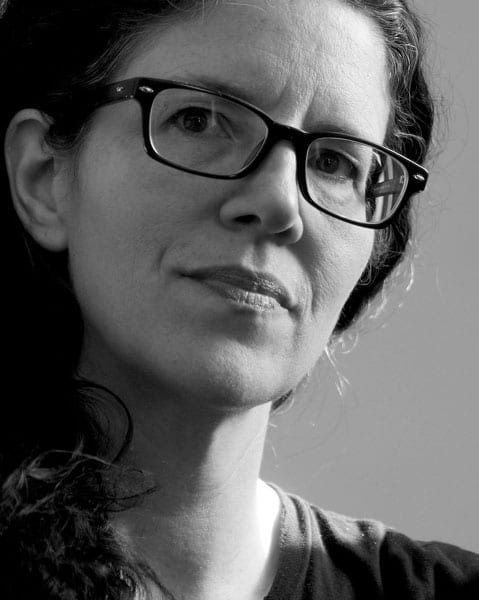
March 15, 2019; Columbia Journalism Review
It’s been a while since we have seen an obsessive rant about Pierre Omidyar’s First Look Media, the star-studded startup journalism operation he established in 2013 that includes the Intercept. But following a four-percent cut to staff that included its research team, Intercept co-founder Laura Poitras found herself “sickened,” as she wrote in a March 13th email reported by the Daily Beast, at the loss of the “beating heart of the newsroom.”
This is only the threshold of a longer story about the organization’s lack of public financial support. The whole operation spent $90 million over the four years between 2013 and 2017. All but $3 million of that came from Omidyar, who pledged a total of $160 million. But this would be, in our estimation, the expected state of funding unless it had worked very hard to correct its natural course.
Comparing this organization to the other youngsters in its nonprofit journalism cohort leads to some clear distinctions. Many nonprofit news sites are smaller, hungrier, and more evidently in dire need of public donations, and fewer have been as embarrassed by highly publicized internecine battles. Still, to find the real reason why donations aren’t rolling into First Look Media, we may also have to consider its similarities to the rest of the field, made up mostly of newer players.
Sign up for our free newsletters
Subscribe to NPQ's newsletters to have our top stories delivered directly to your inbox.
By signing up, you agree to our privacy policy and terms of use, and to receive messages from NPQ and our partners.
In this work, one study after another has emphasized the need to invest deeply in a business model that real people—the nonbillionaires among us—will pay for and then organize operations to create common cause around the value brought to community. This requires focus, humility, and slow and steady developmental work with your chosen community of readers. It isn’t easy, and if the Intercept is neglecting this, one couldn’t be surprised by less than impressive results.
Perhaps, though, the dynamic at work here in the crowding-out of the importance of public donations is even simpler. “Crowding out” happens when potential donors assume that the organization in question could and should be paid for by another entity—often the government. This operation began in a relative flash—a bright, shiny entity sprung full-blown from the head of a man with, to judge from results, too much money and not enough respect for nonprofit/civil markets. It doesn’t bode well for nonprofit media’s co-ownership model.
Of course, if he wished, Omidyar could simply endow the operation and call it a day. Perhaps that’s the public’s point.—Ruth McCambridge













